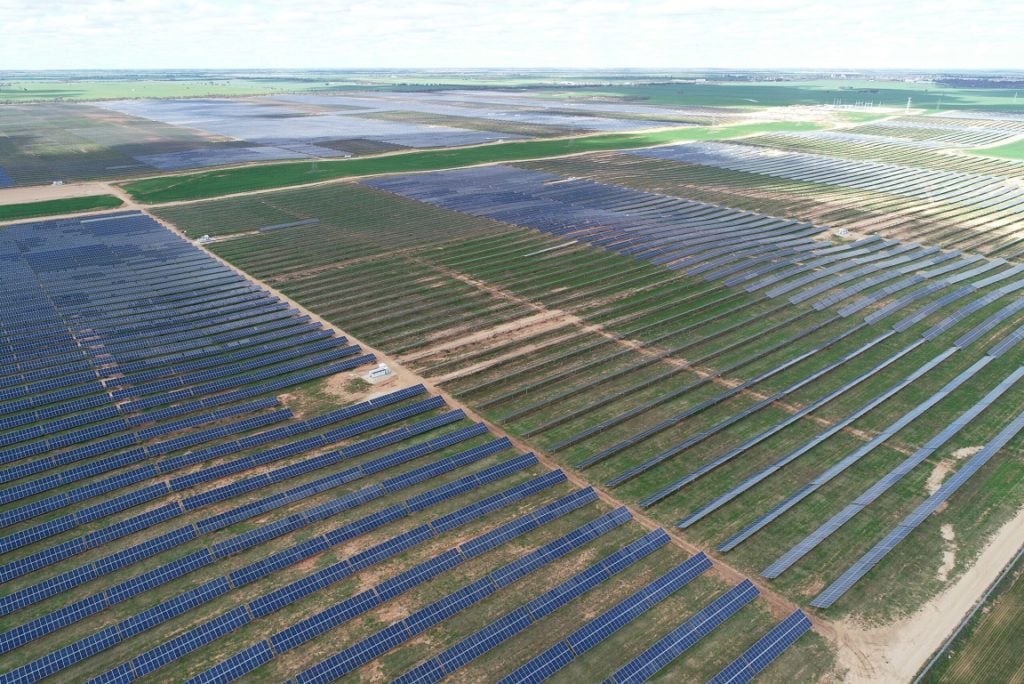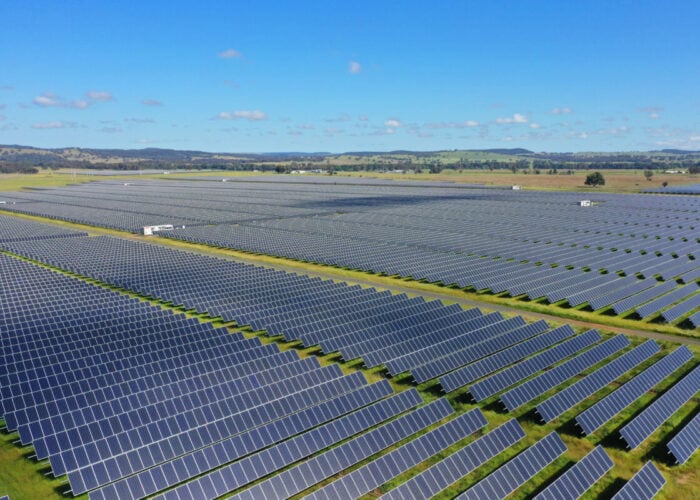
PV Lighthouse, an Australian software developer, has secured AU$1.97 million (US$1.32 million) from the Australian Renewable Energy Agency (ARENA) to support the development of its SunSolve Yield technology, aiming to improve yield forecasting for utility-scale solar projects.
The funding will enable PV Lighthouse to accelerate software development by expanding its team with new researchers and programmers.
Unlock unlimited access for 12 whole months of distinctive global analysis
Photovoltaics International is now included.
- Regular insight and analysis of the industry’s biggest developments
- In-depth interviews with the industry’s leading figures
- Unlimited digital access to the PV Tech Power journal catalogue
- Unlimited digital access to the Photovoltaics International journal catalogue
- Access to more than 1,000 technical papers
- Discounts on Solar Media’s portfolio of events, in-person and virtual
Or continue reading this article for free
In 2019, a partnership between PV Lighthouse and Cypress Creek Renewables created SunSolve Yield, as part of a research project funded by the US Department of Energy (DOE).
The software creates a digital twin of the structures and solar PV models used in utility-scale projects in 3D. This enables developers to determine the annual yield of their solar projects and explore the impact of different weather, locations or mounting structures.
It also enables developers to investigate issues with projects that, as PV Lighthouse puts it, would “previously have taken months to investigate and days to compute.” This could accelerate the speed at which developers deliver utility-scale projects.
Digital twin technology’s role in the Australian energy sector
A digital twin is a virtual representation of a system or asset that calculates system states and makes system information available through integrated models and data to provide decision support over its lifecycle. These are continually being used to support energy sectors around the globe, enabling developers and policymakers to simulate changes and optimise asset performance.
In Australia, the concept is also gaining traction, with the Victoria government having developed Digital Twin Australia, an AU$37.4 million initiative to “enable government, industry, and the community to collaborate through shared open data, technology and algorithms to enhance real-world outcomes and position the State as the data and innovation capital of the region”.
Keith McIntosh, founder and CEO of PV Lighthouse and SunSolve, said the software means developers no longer need to “guesstimate several of the loss factors required for their yield forecasts”, as the technology can do this simultaneously.
“Before SunSolve existed, developers did not have a modelling solution that could accurately represent their structures and modules. Now developers can rapidly calculate these factors with SunSolve, giving them greater confidence in their forecasts – a key advantage when negotiating project financing,” McIntosh said.
It is worth noting that SunSolve Yield was developed from SunSolve Power and uses the same physics-based optical engine that has been employed by module manufacturers such as LONGi and Qcells, to design and optimise their solar cells and modules.
It has also been used by global solar tracker manufacturers such as Nevados and Nextracker to develop intelligent solar tracking solutions for large-scale utility solar projects.
3D modelling to help reduce the guesswork needed
Speaking exclusively to PV Tech, McIntosh explained that the 3D modelling of the digital twin helps provide more accurate forecasting, removing the amount of guess work that must be undertaken by developers.
“What differentiates us is that the technology is fully 3D. Where it represents the posts, the torque tubes, and all the structural supports, and the frames, the cells, everything within it, it’s doing it in 3D, and that offers a much greater level of accuracy, taking away a lot of the guesswork on things such as shading,” McIntosh says.
Although PV Lighthouse intends to use the ARENA funding to hire further additions to its team, this is with a view to bolster accuracy of forecasts “Our plan is to have that in three years,” McIntosh explains.
“From our own perspective, we want the technology to be used by every major developer within Australia and around the world. Any system greater than 100MW, we would like to be using our technology.”
Ensuring accuracy for developers could reap the benefits from the international and Australian solar markets, especially when considering project financing, parts of which are often determined by forecasting.
“One thing to keep in mind with forecasting is that when considering the cost of a solar project in Australia, half of it is comprised of the cost of financing. The interest being paid on a system is half of its entire cost, which is pretty high value. This is partly due to high interest rates,” McIntosh says.
“If forecasts can become more accurate, then lenders have greater confidence, and then they’ll offer better rates. It’s a major barrier with the maintenance costs of financing.”







